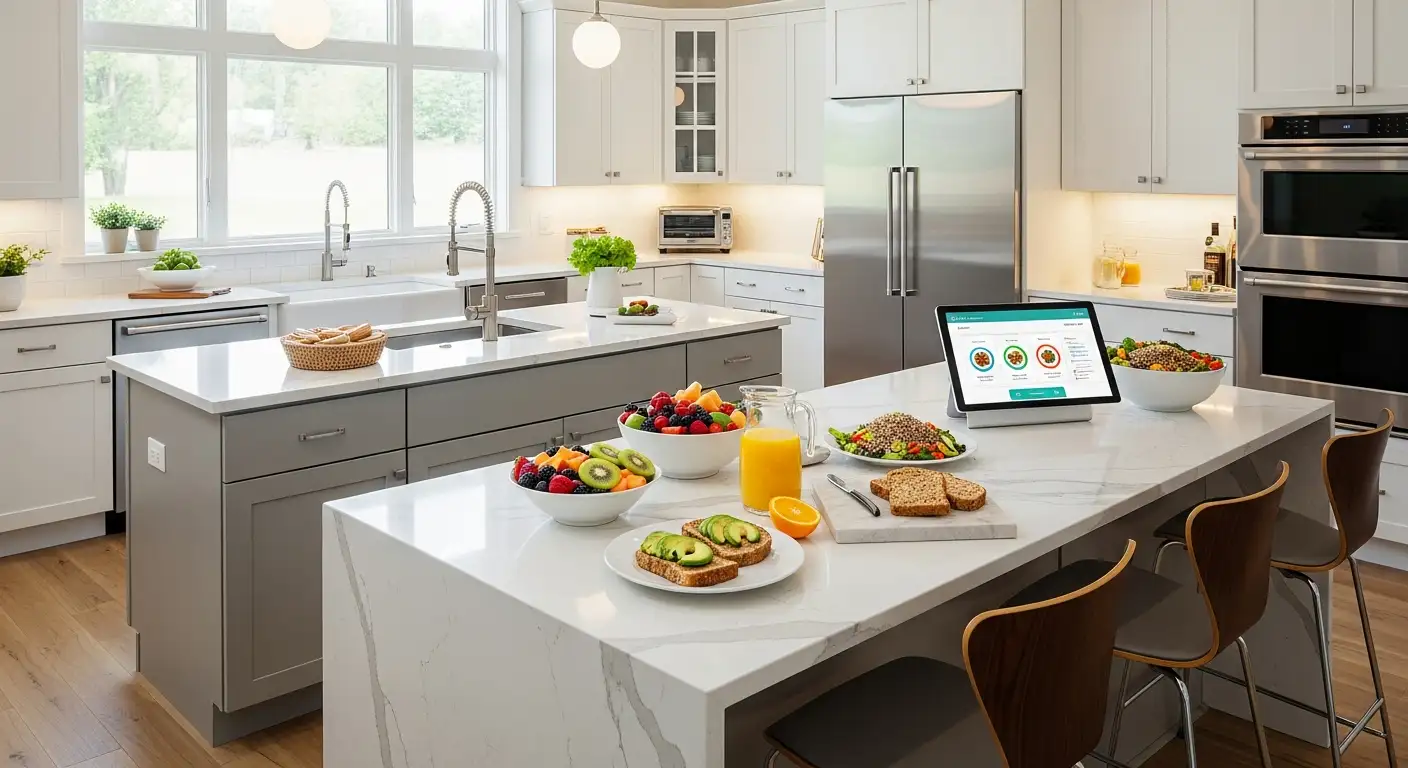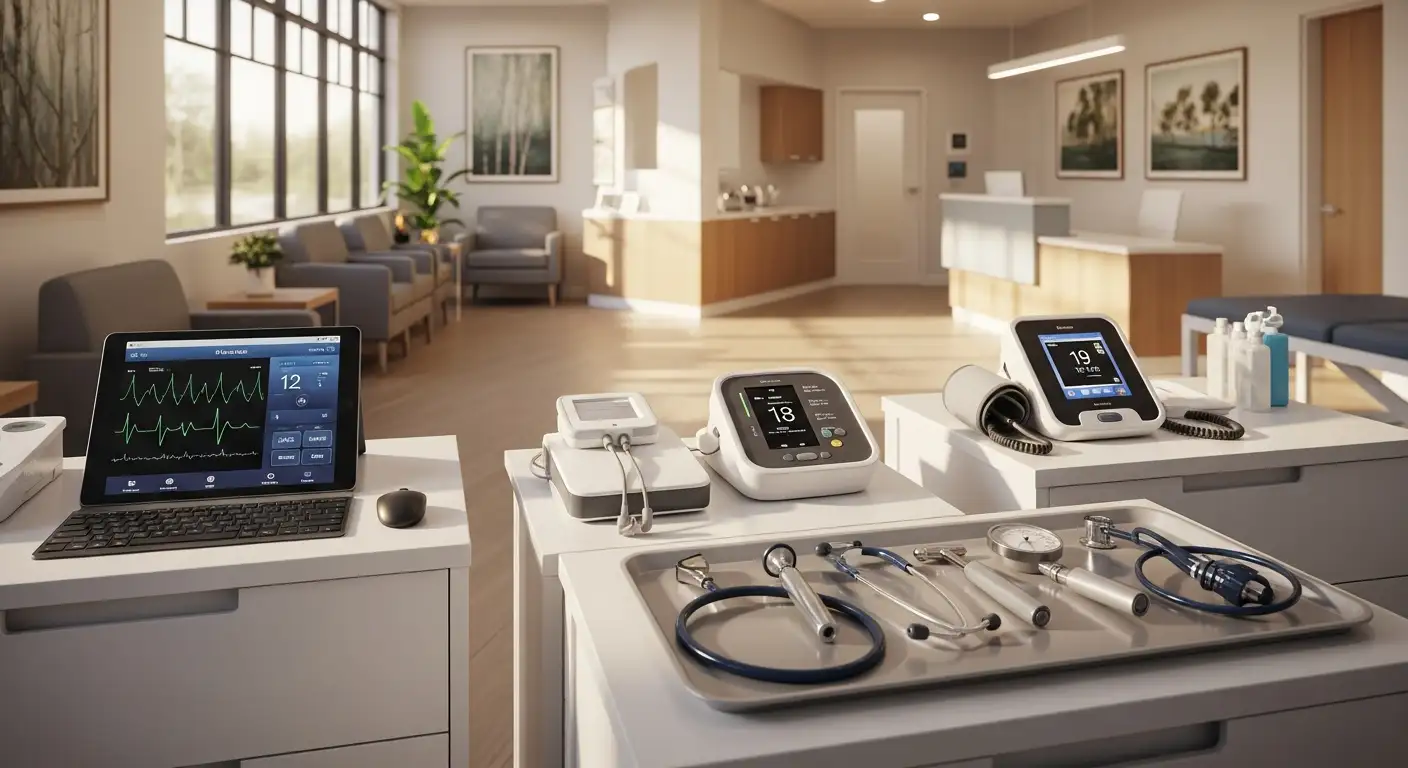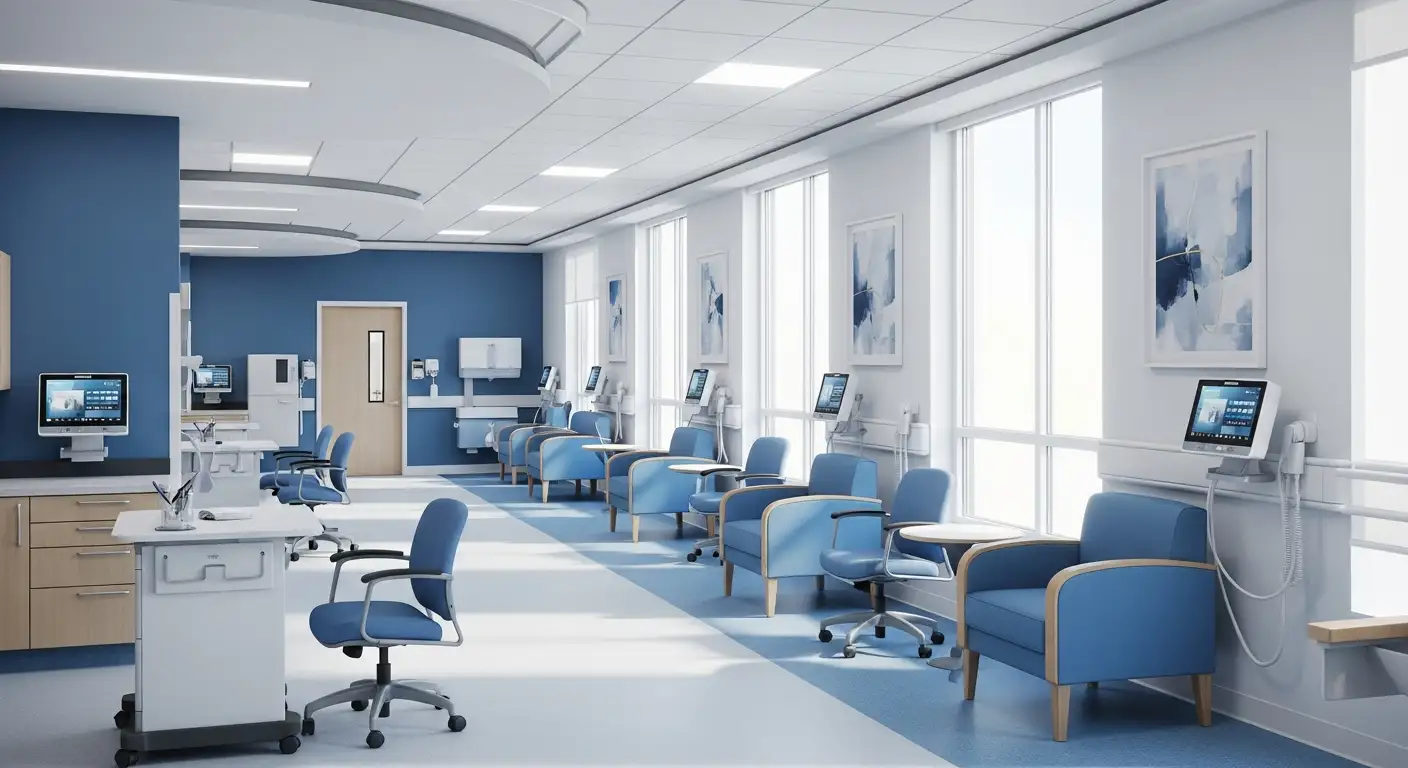How In-Home Visits Work with VitalTrak Providers

Understanding the In-Home Healthcare Experience with VitalTrak
In-home healthcare is transforming patient care by providing medical, therapeutic, and monitoring services directly within the comfort of one's home. VitalTrak providers are at the forefront of this evolution, offering personalized, coordinated care that enhances safety, convenience, and health outcomes. This article explores how in-home visits are conducted, the role of remote patient monitoring, and the innovative practices that make these services effective and patient-centered.
Comprehensive In-Home Healthcare Visits with VitalTrak
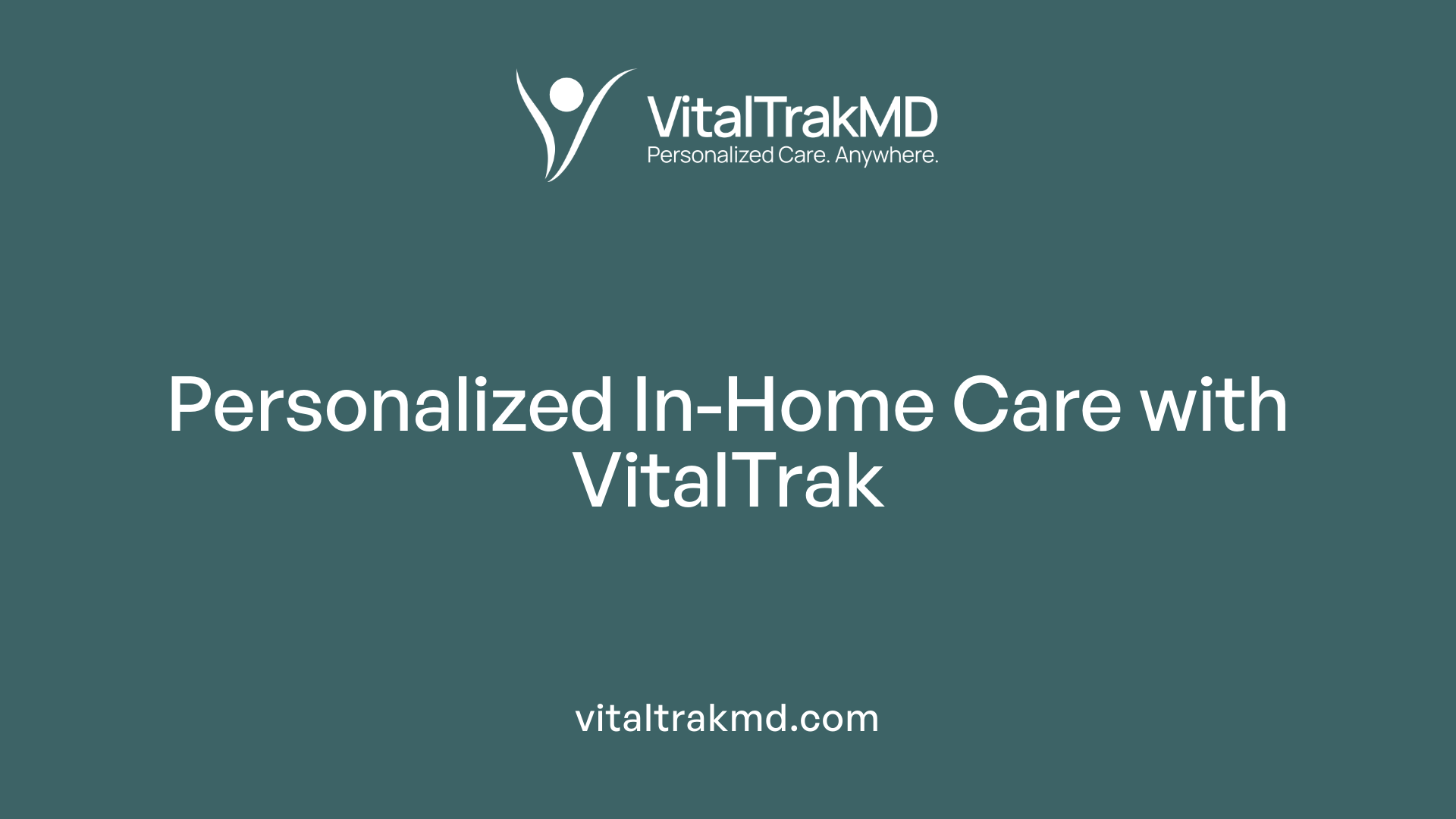
What should patients expect during an in-home healthcare visit?
Patients receiving in-home healthcare visits from VitalTrak can anticipate a comprehensive, personalized experience aimed at supporting their overall health and safety. The visit typically begins with an assessment of the patient’s current health status, which includes vital sign checks such as blood pressure, pulse, and oxygen levels if applicable. Providers also evaluate the safety of the home environment, inspecting for hazards like tripping risks or medication safety concerns.
During the visit, providers discuss ongoing health conditions, review medications, and make immediate adjustments if necessary. Clear communication is prioritized, with providers using simple language and teaching techniques like the teach-back method to ensure patients understand their care plans.
Safety plays a central role in these visits, with providers using protective equipment and following sanitization protocols. Patients are encouraged to voice questions or concerns, fostering a collaborative care environment. Overall, the goal is to deliver compassionate, coordinated care that promotes comfort, safety, and positive health outcomes in a familiar setting.
How are in-home healthcare visits conducted using VitalTrak providers?
VitalTrak’s in-home visits are carefully scheduled to fit the patient’s needs, with trained healthcare professionals visiting at pre-agreed times. During these visits, providers utilize advanced mobile devices and technology to perform detailed assessments, monitor vital signs, and manage chronic conditions. These tools help gather accurate health data, which can be shared immediately with other members of the healthcare team for coordinated care.
Strict safety protocols are implemented to protect both the provider and the patient. These include wearing protective gear, practicing proper hand hygiene, and disinfecting equipment between visits. The providers follow standardized procedures for patient interaction, ensuring respectful, efficient, and safe care delivery.
The primary aim of these visits is to enhance patient comfort, support ongoing health management, and reduce unnecessary hospital visits. Through personalized care, technology use, and safety measures, VitalTrak delivers high-quality healthcare directly to patients’ homes, making healthcare more accessible and convenient.
Service Offerings During In-Home Visits
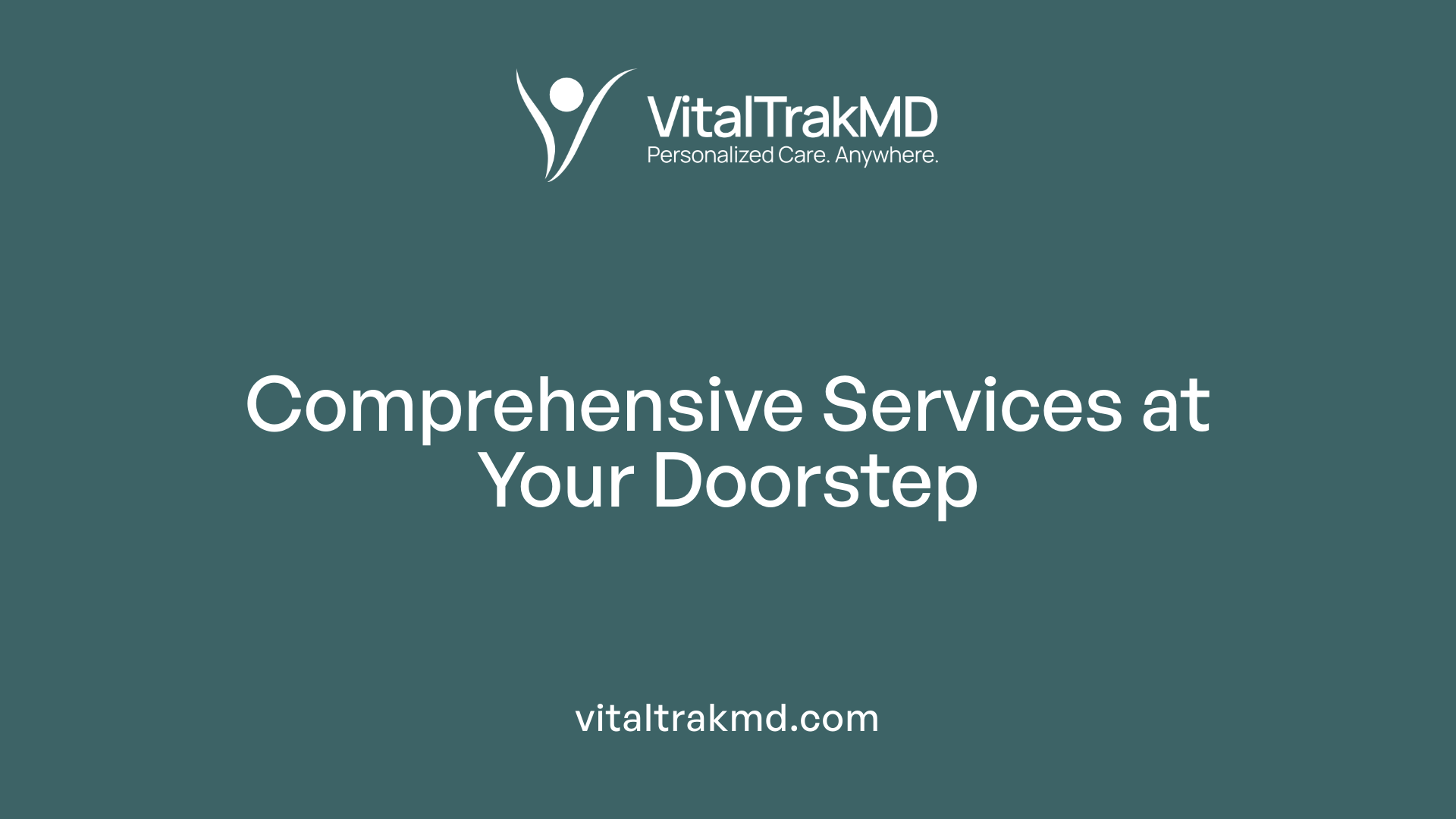
What services are typically offered during in-home healthcare visits?
In-home healthcare visits encompass a broad range of medical and supportive services tailored to meet individual patient needs. Active Vital Care providers, for example, perform comprehensive health assessments that include monitoring chronic conditions such as hypertension or diabetes. They can administer medications, conduct wound care, and manage intravenous therapies in the comfort of the patient’s home.
Therapy services are also a vital component, including physical, occupational, and speech therapy aimed at enhancing mobility, improving daily functioning, or recovering from injury or illness.
In addition, these visits often involve home health aides assisting with activities of daily living—such as bathing, dressing, and household chores—under supervision.
Other services provided may include medical social work, nutritional counseling, and the administration of laboratory tests or imaging when necessary. Medical supplies, durable equipment, and medication management are further supports that help ensure safe, effective care. Overall, in-home healthcare strives to maintain or restore health, minimize hospital visits, and support patients in living safely at home.
What measures are taken to ensure safety during in-home healthcare visits?
Safety during in-home healthcare visits is a primary concern. Providers start with environment assessments to identify hazards like loose rugs, clutter, or poor lighting that could pose fall risks. These evaluations help in planning safe navigation within the home.
Adherence to strict safety protocols includes the use of personal protective equipment (PPE), infection control measures, and clear communication with patients and family members. Providers establish care priorities before the visit and explain procedures to gain patient trust and ensure cooperation.
During visits, providers remain vigilant for potential safety issues, such as aggressive animals or unsafe furniture arrangements. Use of safety checklists from organizations like NIOSH and ongoing staff training help maintain high safety standards.
Families and caregivers also play a role, assisting with hazard management and emergency preparedness. Overall, these practices aim to deliver safe, effective care while minimizing risks for both patients and healthcare professionals.
| Aspect | Measures Implemented | Additional Details |
|---|---|---|
| Environment Safety | Risk assessments, hazard elimination | Clutter removal, securing loose rugs |
| Provider Safety | PPE, infection control, safety protocols | Training, safety orientations |
| Patient Safety | Education, communication, emergency readiness | Caregiver involvement, safety checklists |
| Technology Use | Safety checklists, communication portals | Use of secure digital communication |
This comprehensive approach helps ensure that in-home healthcare visits are conducted safely and effectively, supporting positive health outcomes for patients while protecting healthcare providers.
The Role of Remote Patient Monitoring in Home Healthcare
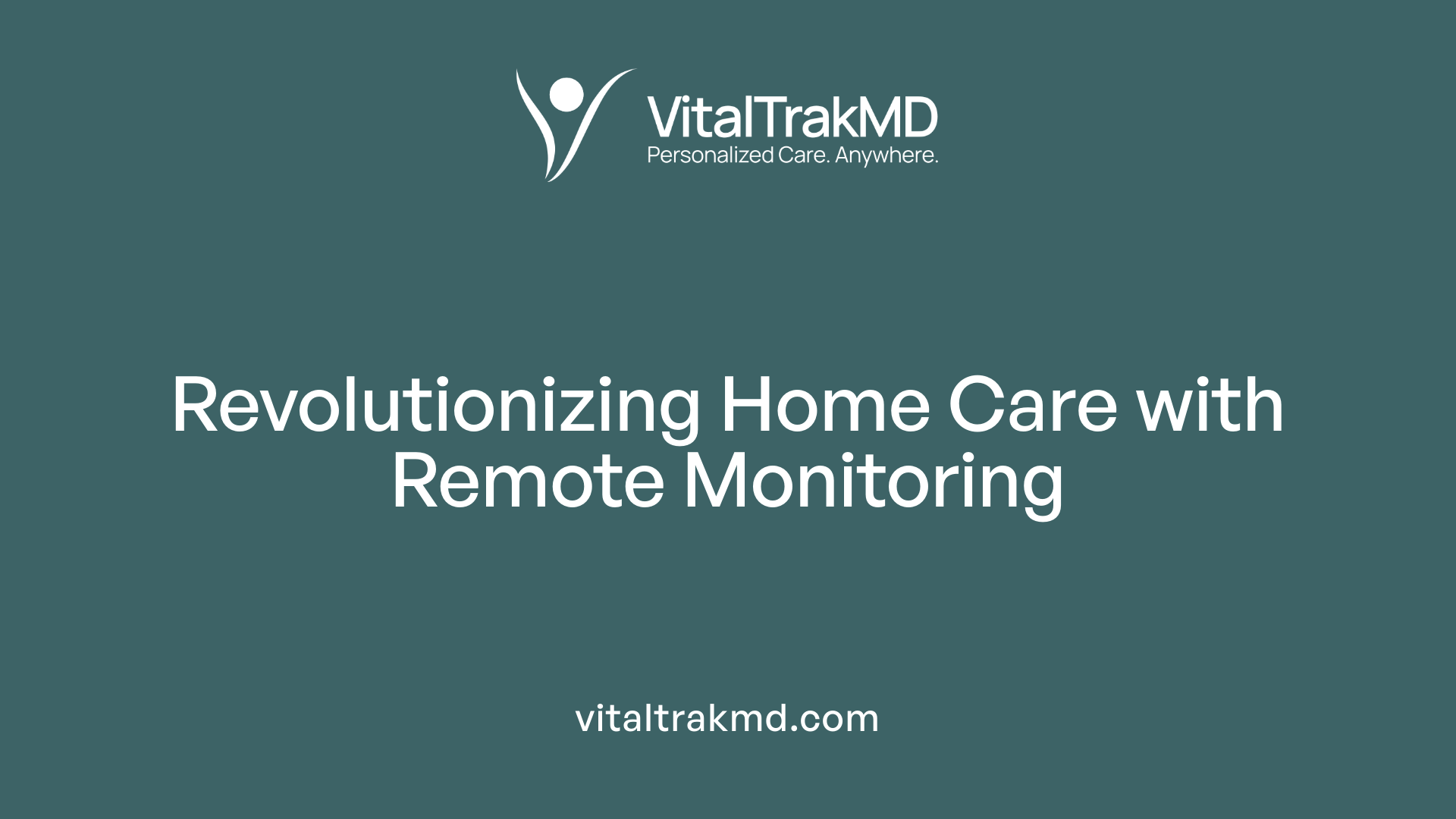
What is remote patient monitoring and how does it support in-home healthcare?
Remote patient monitoring (RPM) involves the use of digital, connected devices to collect and transmit health data from patients outside of traditional clinical settings. These devices continuously monitor vital signs like blood pressure, blood glucose, heart rate, and oxygen levels.
RPM supports in-home healthcare by enabling healthcare providers to oversee patient health remotely. This proactive approach allows for early detection of health issues, timely adjustments to treatment plans, and ongoing management of chronic conditions such as hypertension, diabetes, and heart failure. Patients benefit from personalized care without frequent hospital visits, reducing risks like hospital-acquired infections and improving overall outcomes.
Moreover, RPM enhances patient engagement by encouraging self-monitoring and healthier behaviors. It also helps healthcare systems operate more efficiently, expanding care access, lowering costs, and optimizing resource utilization. This shift toward preventative, patient-centered care helps maintain health stability and reduces emergency interventions, making home healthcare safer and more effective.
How do remote health monitoring devices play a role in in-home patient care?
Devices used in remote health monitoring are vital for continuous, real-time assessment of patients’ health conditions. Common tools include blood pressure cuffs, glucometers, pulse oximeters, ECG monitors, and wearable technology like smartwatches.
These tools support early warning signs of deterioration, allowing healthcare providers to intervene before situations worsen. They facilitate personalized treatment by providing precise data tailored to each patient's health profile. For example, a validated blood pressure cuff with automatic inflation, used correctly at heart level in a seated position, ensures accurate readings.
Patients benefit from these devices through increased understanding and management of their health. They also enhance care coordination, as providers can review data remotely and make informed decisions. Features like fall detection and continuous monitoring are particularly important for high-risk individuals. Despite some limitations, such as the current lack of validation for wearables like smartwatches for clinical use, these devices are integral to improving safety, efficiency, and patient confidence in in-home healthcare.
Overview of remote patient monitoring devices and their applications
| Device Type | Primary Use | Benefits | Additional Details |
|---|---|---|---|
| Blood Pressure Monitors | Track blood pressure trends | Detect hypertension, manage medication effectiveness | Validated, cuff-based, automatic inflation |
| Glucometers | Monitor blood glucose levels | Manage diabetes, observe treatment impact | Fully automated, connectivity features |
| Pulse Oximeters | Measure oxygen saturation | Assess respiratory and cardiac function | Portable, easy to use |
| ECG Monitors | Record electrical activity of the heart | Detect arrhythmias, monitor cardiac health | Integrated with digital platforms |
| Wearables (smartwatches) | Continuous vital signs tracking | Pending validation for clinical decision-making | Currently not recommended for clinical use |
| Digital Scales | Track weight variations | Useful for heart failure and metabolic conditions | Often integrated with other monitoring systems |
This comprehensive use of devices facilitates timely interventions and supports tailored, patient-centered home healthcare. Platforms like Medsien offer a full suite of connected devices and secure communication portals, ensuring data privacy and efficient care delivery. When integrated properly, RPM technology has the potential to significantly improve health outcomes, reduce hospitalization rates, and lower healthcare costs.
Whether through dedicated medical devices or integrated platforms, remote patient monitoring is transforming how healthcare is delivered in the home, making it safer, more accessible, and more responsive to patient needs.
Enhancing Patient Care through Technology and Strategy
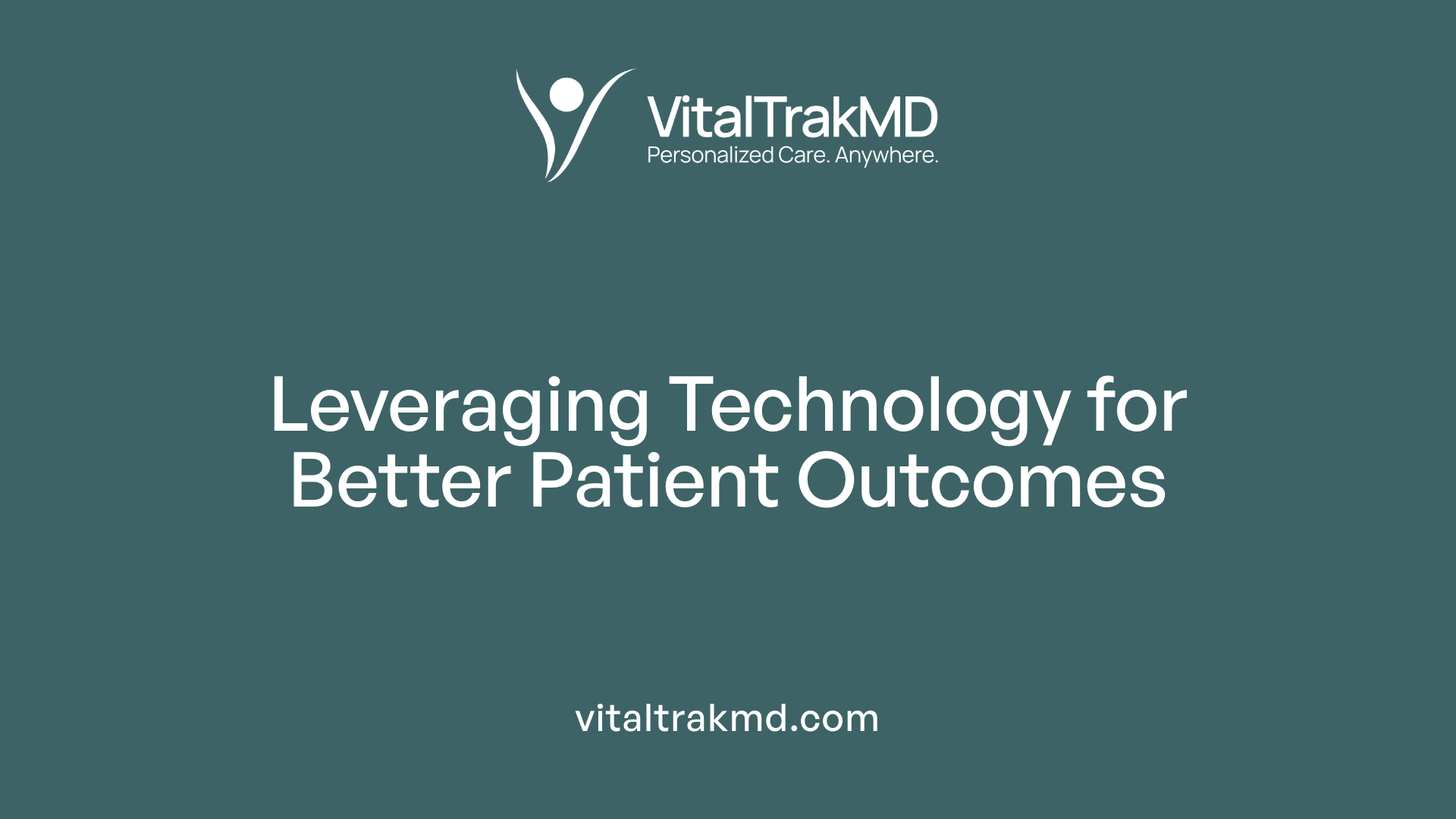
Use of Connected Devices
Modern in-home healthcare relies heavily on connected medical devices, such as blood pressure cuffs, glucometers, and pulse oximeters. These devices are often cellular-connected and pre-configured, making them easy for patients to use without complex setup. Companies like Medsien supply these devices at no cost to patients and support them with 24/7 training and replacement if needed.
Tracking and Data Analysis
Patients using these devices regularly track their health metrics, such as blood pressure and blood glucose levels. They record multiple readings daily over several days, which provides healthcare providers with valuable data for accurate diagnosis and ongoing management. Platforms like Medsien’s ensure data transmission is encrypted and HIPAA-compliant, allowing for safe and reliable remote monitoring.
Patient Communication and Support
Effective care also depends on strong communication channels. Secure portals like Medsien’s Loop enable patients to safely share health information and ask questions. Programs like the Ibis Health Program further support patients with education, medication management, and symptom monitoring, helping to prevent hospitalizations by catching issues early.
Streamlined Implementation
Implementing remote patient monitoring technologies is streamlined through dedicated provider support. Medsien manages eligibility, device delivery, and enrollment, helping practices go live within a week. AI-powered reminders and notifications improve patient engagement, while continuous data collection and analysis inform timely medical interventions.
| Technology Aspect | Description | Benefits |
|---|---|---|
| Connected Devices | Cellular-enabled, pre-configured medical gadgets | Easy to use, no setup needed, continuous data flow |
| Data Analysis | Secure, compliant transmission & analysis of health metrics | Better diagnosis, ongoing management |
| Patient Support | Secure communication portals, educational programs | Increased engagement, early issue detection |
| Implementation | Full management of setup and training by providers | Faster setup, higher patient adherence |
By combining advanced technology with strategic support, in-home healthcare enhances patient outcomes and optimizes clinical workflows.
Delivering Compassionate, Safe, and Tech-Enabled Care at Home
The future of in-home healthcare with VitalTrak is a blend of compassionate, personalized care and advanced technology. By leveraging remote patient monitoring, connected devices, and strategic workflows, providers can deliver safer, more effective services that meet patients where they are — at home. This innovative approach minimizes hospital visits, enhances health management, and fosters stronger patient-provider relationships. As healthcare continues to evolve, VitalTrak remains committed to redefining in-home care, ensuring convenience, safety, and excellence in every visit.
References
- House Calls – ACTIVE VITAL CARE MED
- What doctors wish patients knew about home BP measurement
- 10 Common Questions Patients Have About Remote Patient ...
- Home Blood Pressure Monitoring | AAFP
- Remote Patient Monitoring - Medsien
- Teaching patients how to take better care of themselves at home
- [PDF] Scope of Service Home Health | Inclusa
Recent articles
Want to Feel Better and Live Healthier?
Join hundreds of patients taking control of their health with personalized care that fits their life – not the other way around.
Rated 4.8/5 by 32+ customers



